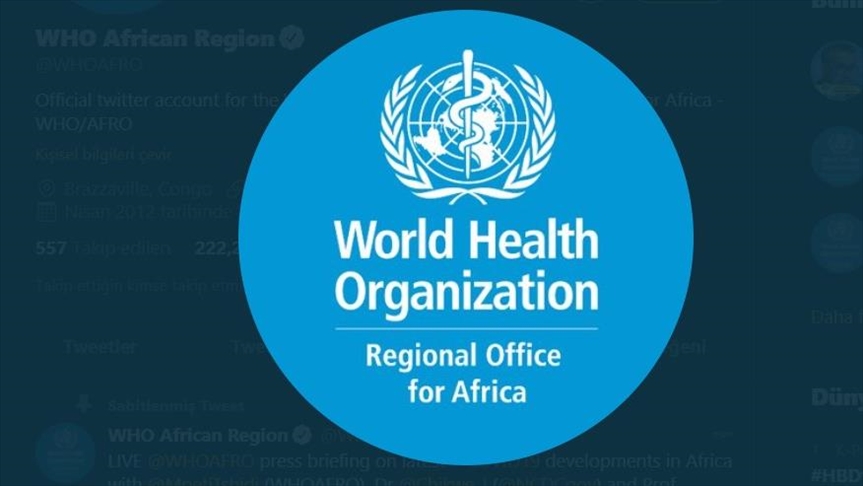By Asmau Ahmad
The World Health Organisation (WHO) has identified complications of haemorrhage and hypertension as major killers of pregnant women in the Africa Region.
The global health body said complications of haemorrhage and hypertension account for almost 50 per cent of maternal mortality in the region.
The WHO called on member states to ensure that all women and girls have access to quality and timely health services, particularly during pregnancy, childbirth, and after delivery, noting that no one should be left behind.
The WHO Representative in South Africa, Dr Owen Kaluwa, disclosed this in a statement published on the WHO Regional Office for Africa’s website, stressing that the region needs to look at the skills of health workers in addressing the problem.
Dr Kaluwa said the WHO/AFRO was developing the Regional Accelerated Plan of Action to end all preventable maternal mortality due to postpartum haemorrhage and pre-eclampsia/eclampsia.
He said, “Most maternal deaths in the region are attributable to five main causes: haemorrhage, pregnancy-related hypertensive disorders, unsafe abortion, infection, and obstructed labour. Of these, complications of haemorrhage and hypertension account for almost 50 per cent of deaths.
“Furthermore, unsafe abortion is responsible for 16 per cent of all maternal deaths, with variations across countries depending on the level of restrictions to abortion.
He stated that the African region accounted for 66 per cent of the 303,000 maternal deaths recorded globally in 2017.
Dr. Kaluwa said one of the main roles of WHO/AFRO was to produce, disseminate and monitor the implementation of global guidelines and standards that are adapted to the regional context.
Suggesting the way forward, the WHO official noted, “One thing we need to look at is the skills of our health workers. People need to know how to repair a simple episiotomy wound and many other lacerations. We need to ensure that we have skilled and conscious clinicians.
“I think the structural barriers are contributing to a lot of issues that we are seeing. And, the disparities and equities issues need to be addressed. As we talk about leaving no one behind, we need to have a general whole so that our universal coverage and pushing up our accelerated implementation plans can then make a reality and hopefully we can catch up to win the Sustainable Development Goals.”
Reducing maternal mortality, experts say, is a priority of Sustainable Development Goal 3.1 which requires frequent epidemiological analysis of trends and patterns of the causes of maternal deaths.
In a 2021 study published in the Journal of Global Health which centred on causes of maternal deaths in Africa, the researchers said obstetric haemorrhage, hypertensive disorders in pregnancy, non-obstetric complications, and pregnancy-related infections are the leading causes of maternal death in Sub Saharan Africa.
The Journal of Global Health is a peer-review general medical journal focusing on issues relevant to global health.
“Postpartum haemorrhage is the leading cause of death in the obstetric haemorrhage group. Pre-eclampsia/eclampsia is the leading cause of hypertensive disorders in the pregnancy group, and puerperal sepsis is the leading cause in the pregnancy-related infections group.
“Challenges exist in reporting deaths due to abortion-related complications, non-obstetric complications and incidental causes. Sub Saharan Africa must invest in building health information systems that collect and avail comprehensive and quality data on all causes of maternal deaths,” the researchers said.




